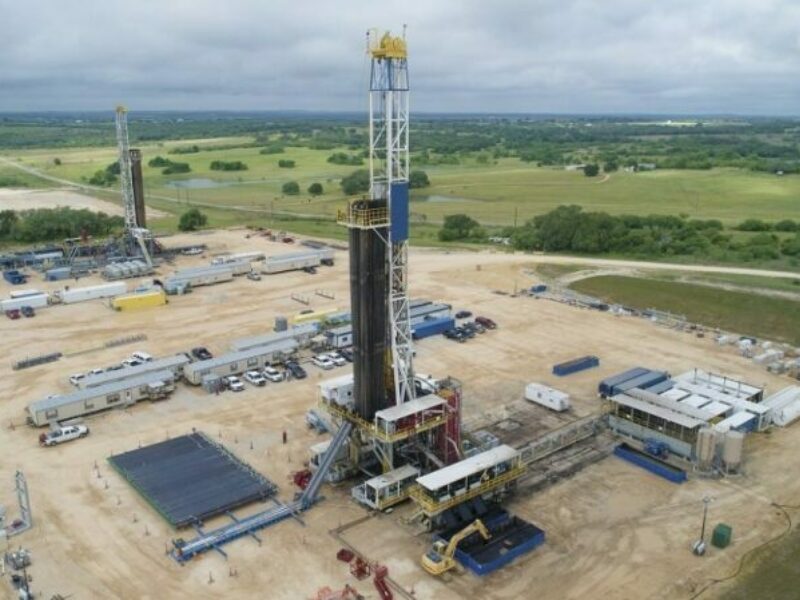Plugging orphaned wells and reducing greenhouse gas emissions are primary goals of the U.S. Methane Emissions Reduction Action Plan, released in November 2021 and Supplemental Rules proposed in November 2022.
The DOI has allocated funds to plug and remediate orphaned wells across the U.S. and to conduct research in measuring and monitoring methane emissions. Developing new technologies that accurately capture emissions data is one of the priorities.
Locating Orphans with Geospatial Data
With BIL funding, the DOE’s National Energy Technology Laboratory (NETL) has developed better techniques to find orphaned oil and gas wells. Using geospatial data (such as land features, the physical location of objects, surface elevation, latitude, and longitude) combined with historical records of land use and population growth can help predict and pinpoint well locations. Field research teams can then visit sites and identify orphaned/abandoned wells and measure methane or other gas leaks.
“Finding the location and characterizing these orphaned wells is critical to ensure safe and effective plugging, which will help reduce risks to the environment, climate and human health and safety,” said Jennifer Bauer said, an NETL geo-data scientist. “Traditional means of locating wells can include citizen reports, use of historical documents, and field-based data collection using drones equipped with various sensors and instruments, such as methane detectors, to find the wells on the ground.”
There may be up to 800,000 undocumented orphaned wells nationally, many drilled before recordkeeping was required. Each state has its own orphan well classifications and definitions, but all involve unknown owners or long-closed companies. Finding unmarked wells is one of the funding goals.
Find and Fix
As technology advances and data allows better identification of well locations and greenhouse gas emissions, plugging these wells is a fast and effective way to minimize methane leaks and lessen the climate impact of oil and gas production.


